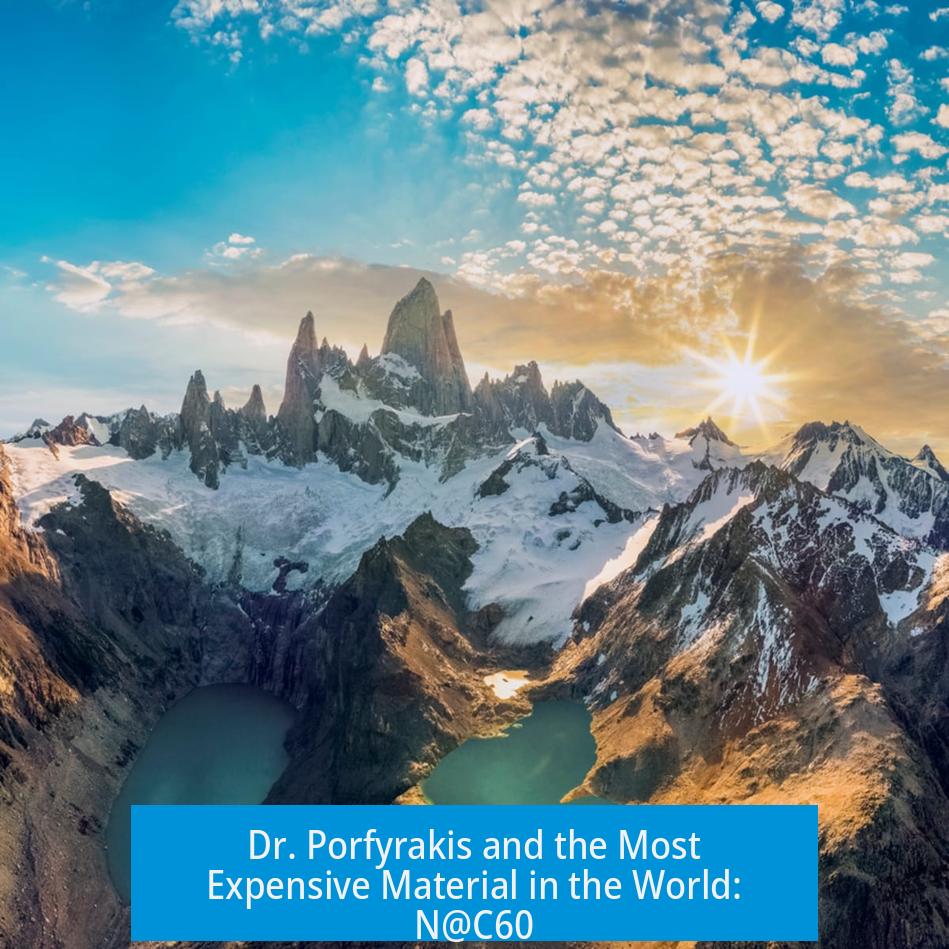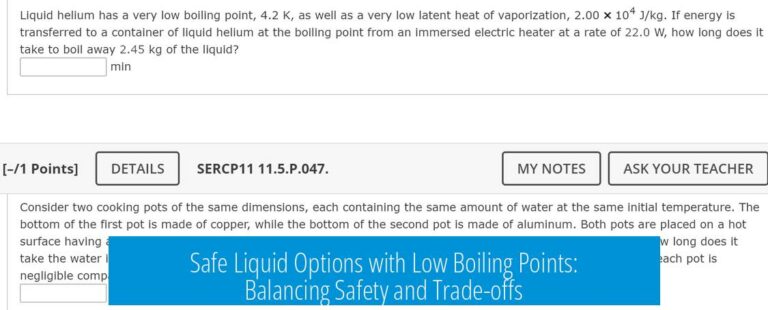Dr. Porfyrakis and the Most Expensive Material in the World: N@C60

N@C60, a fullerene molecule encapsulating a single nitrogen atom, represents one of the most expensive materials globally, valued at approximately $167 million per gram. Developed under the leadership of Dr. Kyriakos Porfyrakis at Oxford University, this compound exhibits exceptional properties that make it ideal for use in miniature atomic clocks. These clocks operate at higher temperatures than traditional atomic clocks and integrate easily into computer chips, revealing potential for applications ranging from precise GPS technologies to the Internet of Things.
1. Origin and Development of N@C60
The development of N@C60 traces back to the Oxford-based research group headed by Dr. Kyriakos Porfyrakis. Their work, primarily from the Department of Materials, fueled a start-up company aiming to commercialize this unique molecular material.
By 2015, Designer Carbon Materials reported sales of 200 micrograms of pure N@C60 for $33,400. It is likely that since then, production processes have improved and scaled to meet industrial demands, although current prices are not readily available in public records.
2. Chemical Structure and Special Properties
N@C60 consists of a nitrogen atom trapped inside a carbon cage made from 60 carbon atoms arranged in a spherical fullerene structure. This molecular ‘prison’ isolates the nitrogen atom, granting distinct quantum mechanical properties.
- The nitrogen atom has a notably long electron-spin lifetime when encapsulated.
- This longevity in spin states is critical in maintaining the coherence needed for precise quantum measurements.
This property distinguishes N@C60 from many other materials and underpins its use in high-precision timekeeping technologies.
3. Applications in Miniature Atomic Clocks
Atomic clocks traditionally rely on laser-cooled atoms operating near absolute zero. Such equipment is bulky and expensive.
N@C60 enables miniature atomic clocks that function at much higher temperatures without the need for cumbersome cooling apparatus. This advantage allows integration with standard computer chips, resulting in smaller, more robust devices.
- Miniature atomic clocks using N@C60 first entered the market in 2019, produced by LocatorX.
- These clocks provide extremely accurate timekeeping, essential for synchronization in telecommunications and navigation.
- In self-driving vehicles, they can improve sensor timing and GPS accuracy, potentially reducing navigation errors to the millimeter scale.
- For Internet of Things (IoT) devices, these clocks offer precise timing in a compact form factor.
4. Pricing and Comparisons with Other Expensive Materials
| Material | Price per Gram (Approx.) | Notes |
|---|---|---|
| N@C60 | $167 million | Used in specialized miniature atomic clocks |
| Antimatter | $62.5 trillion | Most expensive but difficult to produce and contain |
While antimatter surpasses N@C60 in price by orders of magnitude, N@C60’s value lies in its practical applications and relative stability. Its price reflects both rarity and technological significance.
5. Fullerene Variants and Future Potentials
Besides N@C60, other endohedral fullerenes like Li@C60 attract interest. Lithium trapped inside a C60 cage demonstrates eight different energy states based on its position within the cage when probed by high-precision microscopy.
This variability suggests potential for ultra-high-density information storage, showcasing the expanding frontier of fullerene research beyond timekeeping.
6. Challenges and Miscellaneous Observations
- Synthesis of N@C60 remains a complex process. It requires methods to trap a single nitrogen atom inside the closed carbon cage without destabilizing the molecule.
- Questions arise about the exact nature of the compound shown in images associated with Dr. Porfyrakis; some models potentially depict C70 or C84 fullerenes instead of pure C60 due to pentagon arrangements.
- Debates continue on charge balance and whether the nitrogen is atomic or molecular, affecting electronic properties and stability.
- Despite humor and skepticism encountered in related discussions, the scientific community recognizes the significance of this material.
7. Impact on Technology and Industry
N@C60’s integration in miniature atomic clocks represents a significant step toward more compact, efficient, and scalable quantum devices. Its ability to operate at higher temperatures and fit on chips opens new avenues in precision electronics.
Industries relying on accurate timing will benefit:
- Navigation and transportation, especially autonomous vehicles, gain improved GPS precision.
- Telecommunications networks obtain better synchronization crucial for data integrity.
- IoT devices achieve enhanced performance due to precise timing in constrained form factors.
Continuous research into fullerene materials promises further innovation in quantum sensing and information storage.
Key Takeaways
- N@C60 consists of a nitrogen atom trapped inside a C60 carbon fullerene and sells for about $167 million per gram.
- Dr. Kyriakos Porfyrakis’s Oxford research group leads its development and commercialization.
- The compound’s long electron-spin lifetime enables miniature atomic clocks that operate at higher temperatures without bulky cooling.
- First commercial miniature atomic clocks based on N@C60 appeared in 2019, useful in GPS, IoT, and autonomous vehicle technologies.
- Compared with antimatter, N@C60 is less expensive but has superior stability and practical applications.
- Other fullerene variants like Li@C60 show promise for ultra-high-density information storage.
- Synthesis challenges and structural analysis continue to be research priorities for these advanced materials.
What makes N@C60 so valuable compared to other materials?
N@C60 sells for about $167 million per gram. Its value comes from the nitrogen atom trapped inside the fullerene structure, which has a long electron-spin lifetime. This unique feature supports advanced technologies like miniature atomic clocks.
How does N@C60 improve atomic clock technology?
It allows atomic clocks to work at much higher temperatures without bulky lasers. The compound can be integrated into small chips, enabling highly accurate timekeeping that surpasses traditional atomic clocks.
What applications benefit from N@C60-based atomic clocks?
- Enhanced GPS accuracy reaching millimeter precision.
- Self-driving vehicles for better navigation.
- Internet of Things devices needing precise timing.
Who is behind the development of N@C60?
Dr. Kyriakos Porfyrakis from Oxford leads the research team responsible for N@C60. His group focuses on materials science and helped commercialize this compound through a start-up company.
Is the fullerene model Dr. Porfyrakis is holding exactly C60?
No, the model shown is likely not pure C60. The pentagon positions suggest it might be C70 or C84. The key compound discussed, however, is N@C60 with a nitrogen atom inside a C60 cage.





Leave a Comment